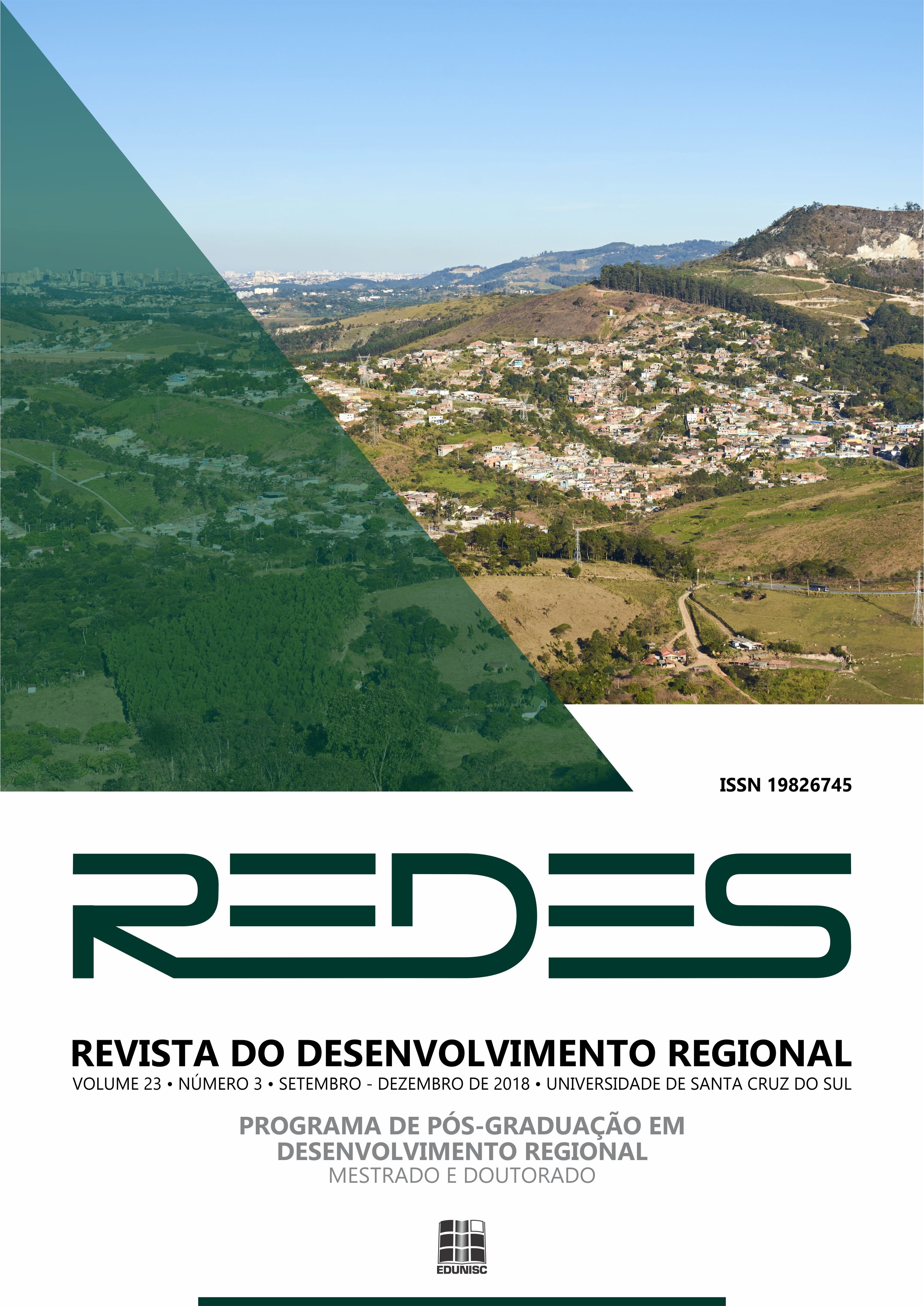Intermediate cities in Northwest Argentina as reflection of development models
DOI:
https://doi.org/10.17058/redes.v23i3.9927Keywords:
Development. Territory. Intermediate cities. Inequality.Abstract
In the context of aggressive neoliberal globalization, development –in a social as well as in an economic sense – represents a challenge for Latin-American countries. Latin-American cities, which were seen as places where progress and modernization was combined went through processes of social and spatial re-organization. This is the result of a variety of factors like the advancement of globalized capitalism as well as of social, cultural and historical changes. This paper aims to identify and analyze the dominant development models and their relations to territorial changes that are characteristic to the intermediate cities in the Northwest of Argentina. As case studies, we present the examples of Gran San Miguel de Tucumán and Gran San Salvador de Jujuy from 1990 to 2015. In doing so, we combine quali-quantitative methods of analysis, like statistics of the official census data (1991, 2001 and 2010), remote sensing (Landsat-TM) and bibliographic material. The analysis shows the relation between the process of urban expansion and the dominant models of development. Besides, the paper focuses on the residential logics behind the production of these cities as a manifestation of dominant politics materialized in the agglomeration under study. In an adverse context of poverty, the competitive model of city even continues being dominant in detriment – or at the expense – of the vulnerability of the majority of the population.Downloads
Download data is not yet available.
Downloads
Published
2018-09-12
How to Cite
Malizia, M., Boldrini, P., & Ruíz Peyré, F. (2018). Intermediate cities in Northwest Argentina as reflection of development models. Redes , 23(3), 267-290. https://doi.org/10.17058/redes.v23i3.9927
Issue
Section
Articles



